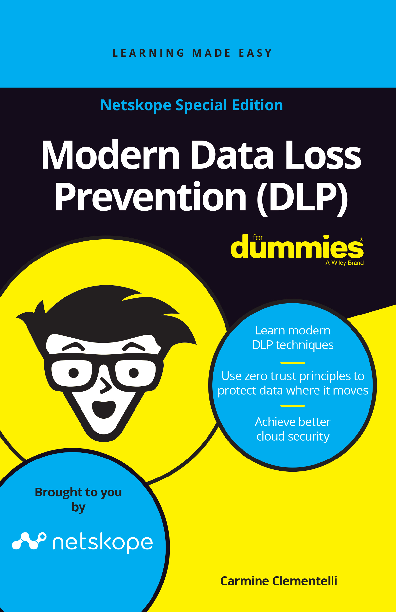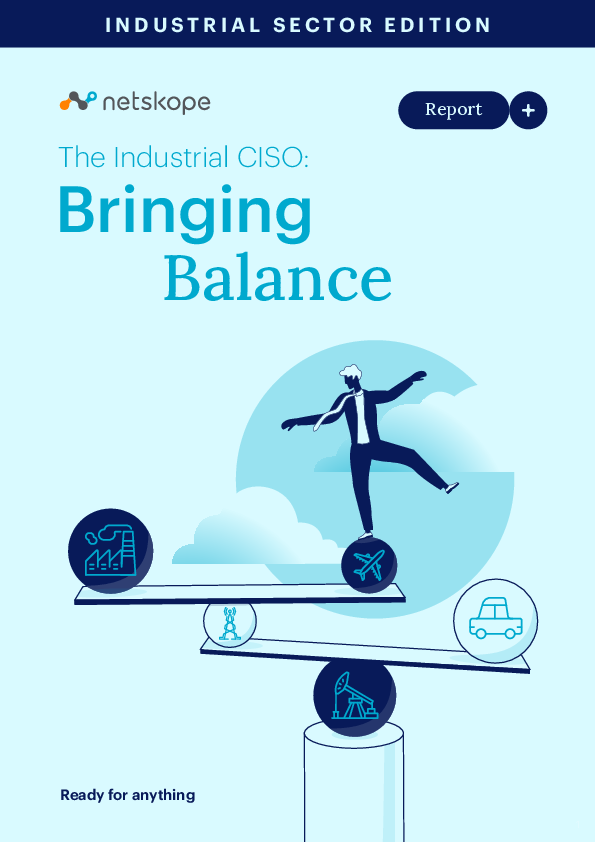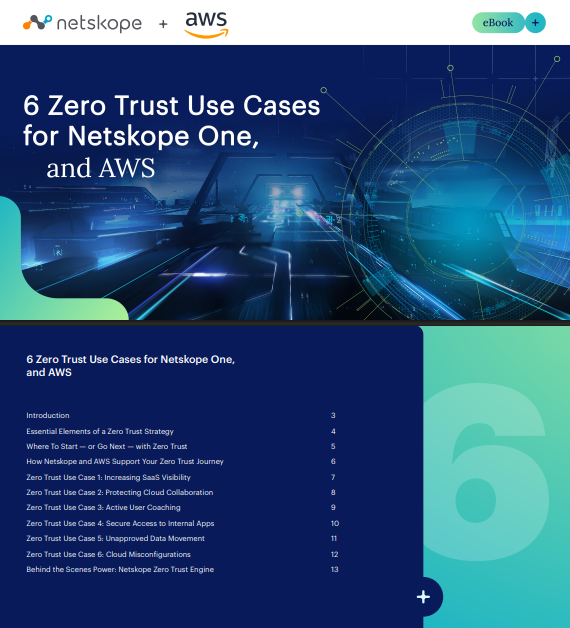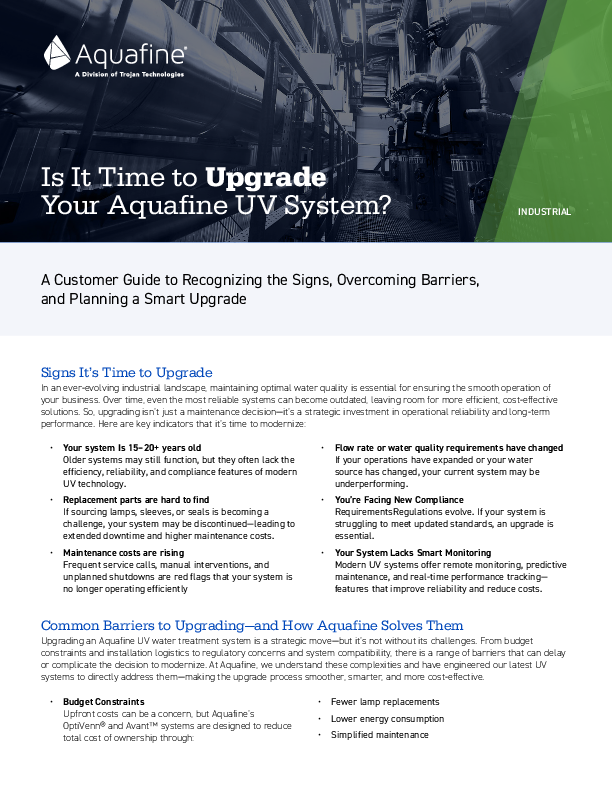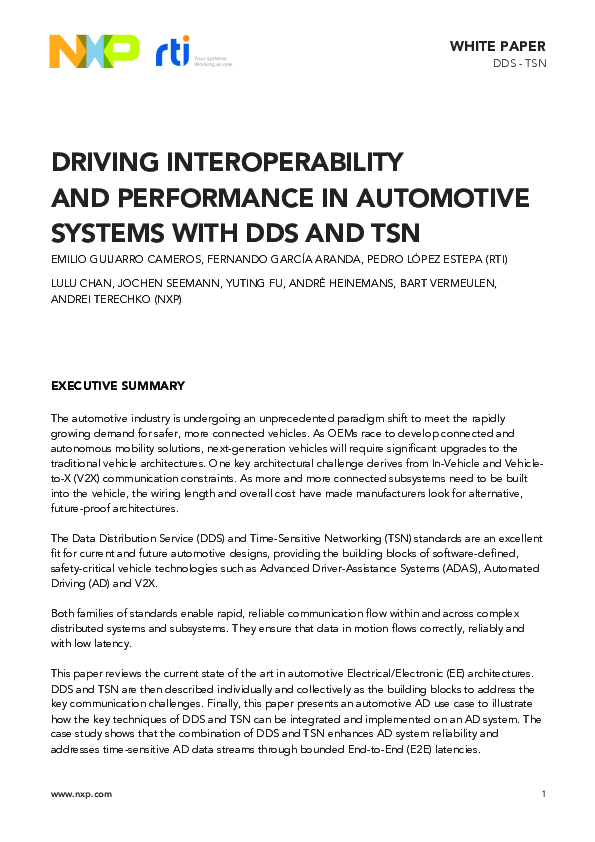
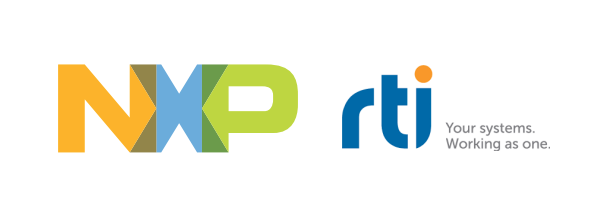
DRIVING INTEROPERABILITY AND PERFORMANCE IN AUTOMOTIVE SYSTEMS WITH DDS AND TSN
The automotive industry is undergoing an unprecedented paradigm shift to meet the rapidly growing demand for safer, more connected vehicles. As OEMs race to develop connected and autonomous mobility solutions, next-generation vehicles will require significant upgrades to the traditional vehicle architectures. One key architectural challenge derives from In Vehicle and Vehicleto-X (V2X) communication constraints. As more and more connected subsystems need to be built into the vehicle, the wiring length and overall cost have made manufacturers look for alternative, future-proof architectures.
The Data Distribution Service (DDS) and Time-Sensitive Networking (TSN) standards are an excellent fit for current and future automotive designs, providing the building blocks of software-defined, safety-critical vehicle technologies such as Advanced Driver-Assistance Systems (ADAS), Automated Driving (AD) and V2X.
This paper reviews the current state of the art in automotive Electrical/Electronic (EE) architectures. DDS and TSN are then described individually and collectively as the building blocks to address the key communication challenges. Finally, this paper presents an automotive AD use case to illustrate how the key techniques of DDS and TSN can be integrated and implemented on an AD system. The case study shows that the combination of DDS and TSN enhances AD system reliability and addresses time-sensitive AD data streams through bounded End-to-End (E2E) latencies.
